
Gum health is a critical part of oral wellness, yet it is often overlooked until symptoms of periodontal disease appear. One of the essential treatments used to combat gum disease and restore gum health is dental curettage. This minimally invasive procedure plays a key role in controlling infection, reducing inflammation, and preventing tooth loss. At LHC Clinic, we prioritize the preservation of natural teeth and healthy gums through advanced periodontal therapies like dental curettage. In this article, we explain what dental curettage is, when it is needed, and how it helps patients regain their oral health. Dental curettage is a periodontal treatment that involves the careful removal of diseased or inflamed soft tissue from the gum pocket (the area between the tooth and the surrounding gum). This procedure is designed to promote healing by eliminating harmful bacteria, infected tissue, and calculus that contribute to gum disease. Dental curettage is typically recommended for patients with moderate to advanced periodontal disease, particularly when: Recovery Period: Oral Hygiene Tips : While curettage is highly effective in moderate cases, it may not be sufficient for patients with: In such cases, more advanced periodontal therapies or surgery may be necessary. Dental curettage is a valuable non-surgical treatment that plays a critical role in controlling periodontal disease and preserving oral health. At LHC Clinic, our experienced periodontists use state-of-the-art techniques and a gentle approach to ensure patients receive effective, comfortable, and personalized gum treatments. Early intervention is key to saving your gums, your smile, and your natural teeth.Dental Curettage: Restoring Gum Health with Precision
What Is Dental Curettage?
Types of Curettage :
When Is Dental Curettage Needed?
The Curettage Procedure at LHC Clinic
Benefits of Dental Curettage
Aftercare and Recovery
Who is the Candidate for Curettage?
Limitations and Alternatives
-
 Why Turkey Has Become a Top Destination for Dental Treatments
Why Turkey Has Become a Top Destination for Dental Treatments<style> .premium-section { font-family: 'Inter', sans-serif; background:... Click for details
-
 Countries Sending Dental Tourists to Turkey the Most in 2025
Countries Sending Dental Tourists to Turkey the Most in 2025<!-- Premium Section: Turkey as a Top Dental Tourism Destination --> <section... Click for details
-
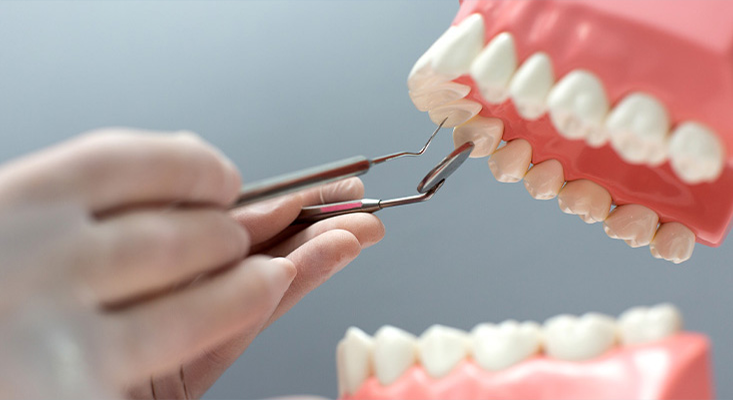 Tooth Extraction vs. Surgical Tooth Extraction: What Patients Should Know
Tooth Extraction vs. Surgical Tooth Extraction: What Patients Should Know<!-- Premium Section: Tooth Extraction at LHC Clinic --> <section class="... Click for details
-
 Smile Makeover in Turkey: What to Expect at LHC Clinic
Smile Makeover in Turkey: What to Expect at LHC Clinic<style> .premium-section { font-family: 'Inter', sans-serif; background:... Click for details
-
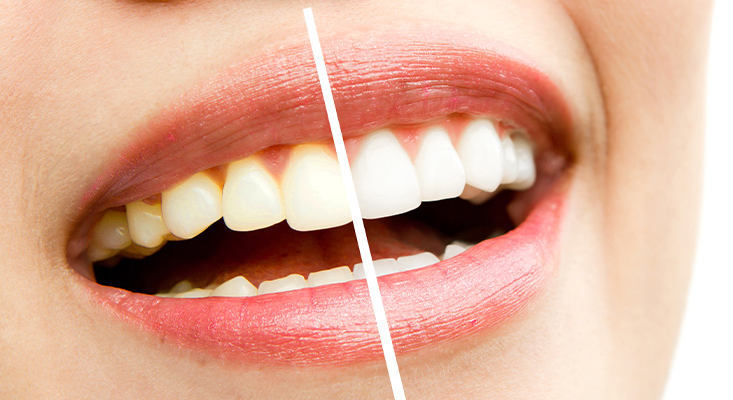 Teeth Whitening: Safe, Effective, and Long-Lasting Solutions at LHC Clinic
Teeth Whitening: Safe, Effective, and Long-Lasting Solutions at LHC Clinic<style> .premium-section { font-family: 'Inter', sans-serif; background:... Click for details
-
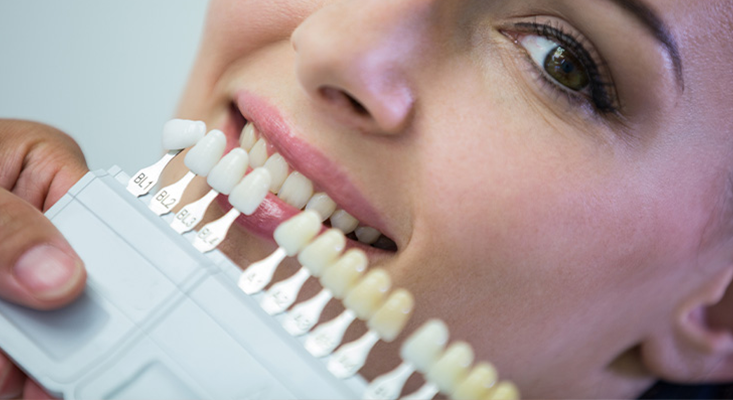 Zirconium Crowns (Zirconia): The Future of Natural-Looking, Long-Lasting Dental Restorations
Zirconium Crowns (Zirconia): The Future of Natural-Looking, Long-Lasting Dental Restorations<style> .premium-section { font-family: 'Inter', sans-serif; background:... Click for details
-
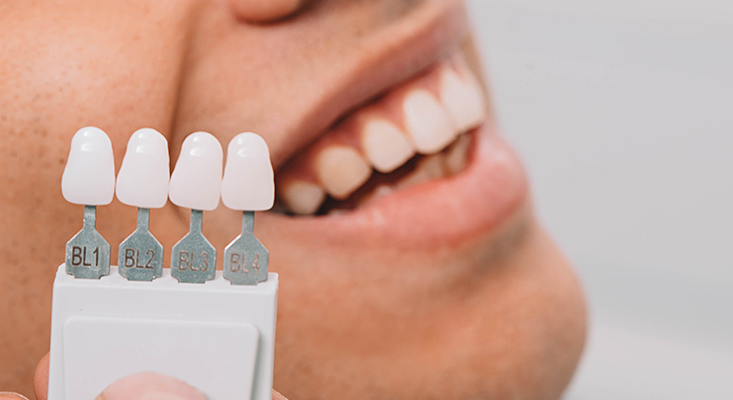 Porcelain Crowns: When Is This Classic Option Still the Best Choice?
Porcelain Crowns: When Is This Classic Option Still the Best Choice?<style> .premium-section { font-family: 'Inter', sans-serif; background:... Click for details
-
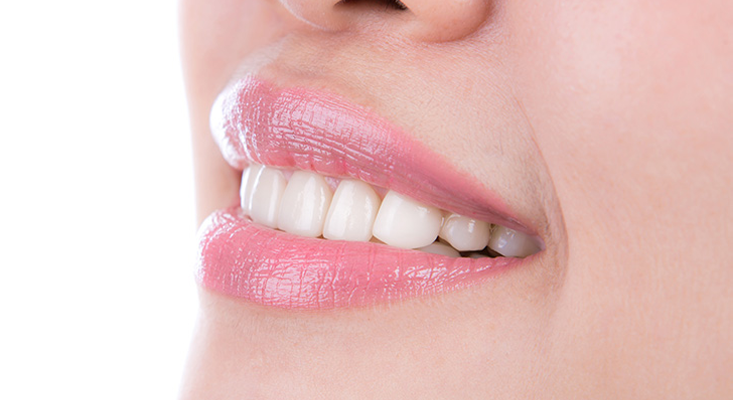 Lamine E-Max Veneer: The Premium Choice for Perfect Smile Makeovers
Lamine E-Max Veneer: The Premium Choice for Perfect Smile Makeovers<style> .premium-section { font-family: 'Inter', sans-serif; background:... Click for details
-
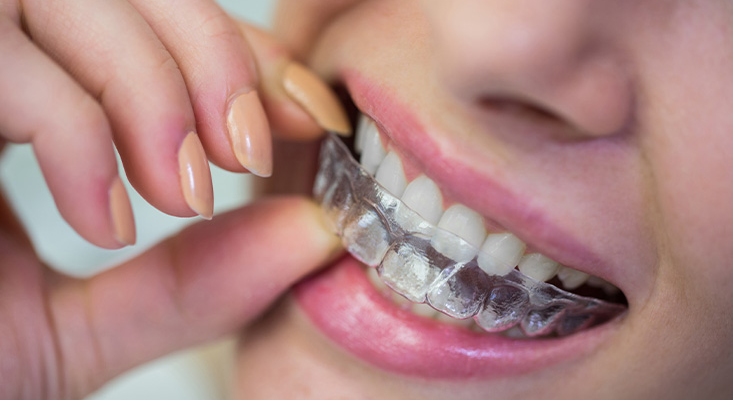 Night Guard (Soft and Hard Types): Protect Your Smile from Unseen Damage
Night Guard (Soft and Hard Types): Protect Your Smile from Unseen Damage<section class="premium-section"> <style> .premium-section { font... Click for details
-
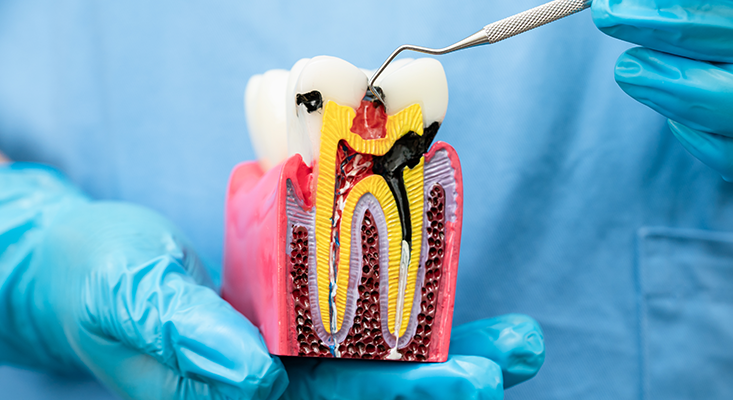 Root Canal for 1 Root, 2 Root, and 3 Root Teeth: What Patients Need to Know
Root Canal for 1 Root, 2 Root, and 3 Root Teeth: What Patients Need to Know<style> .premium-section { font-family: 'Inter', sans-serif; background:... Click for details
